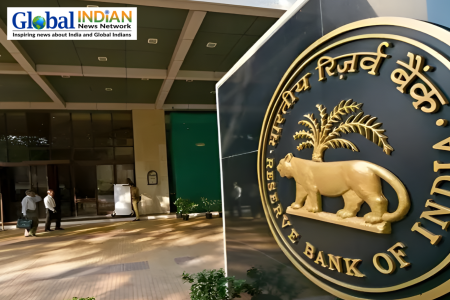 Prominent exchange-traded fund (ETF) providers are vying for the expected influx of billions into Indian bonds, driven by their recent inclusion in major global indices. BlackRock Inc., Amundi SA, and Janus Henderson’s Tabula Investment Management have introduced new ETFs following JPMorgan Chase & Co.’s decision to integrate Indian debt into its significant emerging-market index last year.
Prominent exchange-traded fund (ETF) providers are vying for the expected influx of billions into Indian bonds, driven by their recent inclusion in major global indices. BlackRock Inc., Amundi SA, and Janus Henderson’s Tabula Investment Management have introduced new ETFs following JPMorgan Chase & Co.’s decision to integrate Indian debt into its significant emerging-market index last year.
DWS Group, an asset management firm, estimates that these ETFs could attract between $5 billion and $10 billion in the medium term. Benoit Sorel, global head of ETF indexing and smart beta at Amundi, highlighted the increasing importance of India in the investment landscape, stating, “India is too big to ignore. It’s becoming a key allocation within emerging-market debt.”
India’s share in JPMorgan’s emerging-markets bond index is set to rise to 10% by March, up from the current 4%. Additionally, Indian bonds will be incorporated into developing-nation debt indices managed by FTSE Russell and Bloomberg, potentially drawing significant investments into a market that has primarily been driven by domestic investors. This market has remained relatively insulated from global volatility, attributed to low foreign ownership.
Indian rupee-denominated government bonds are currently offering the highest yields in Asia, resulting in inflows of $15.7 billion this year, making it the second-highest in Asia after China, South Korea, and Japan. However, some analysts warn of potential overcrowding in the market. Hui Sien Koay from BlackRock emphasized that ETFs present an advantageous route for investors, allowing them to navigate bureaucratic barriers with greater ease.













